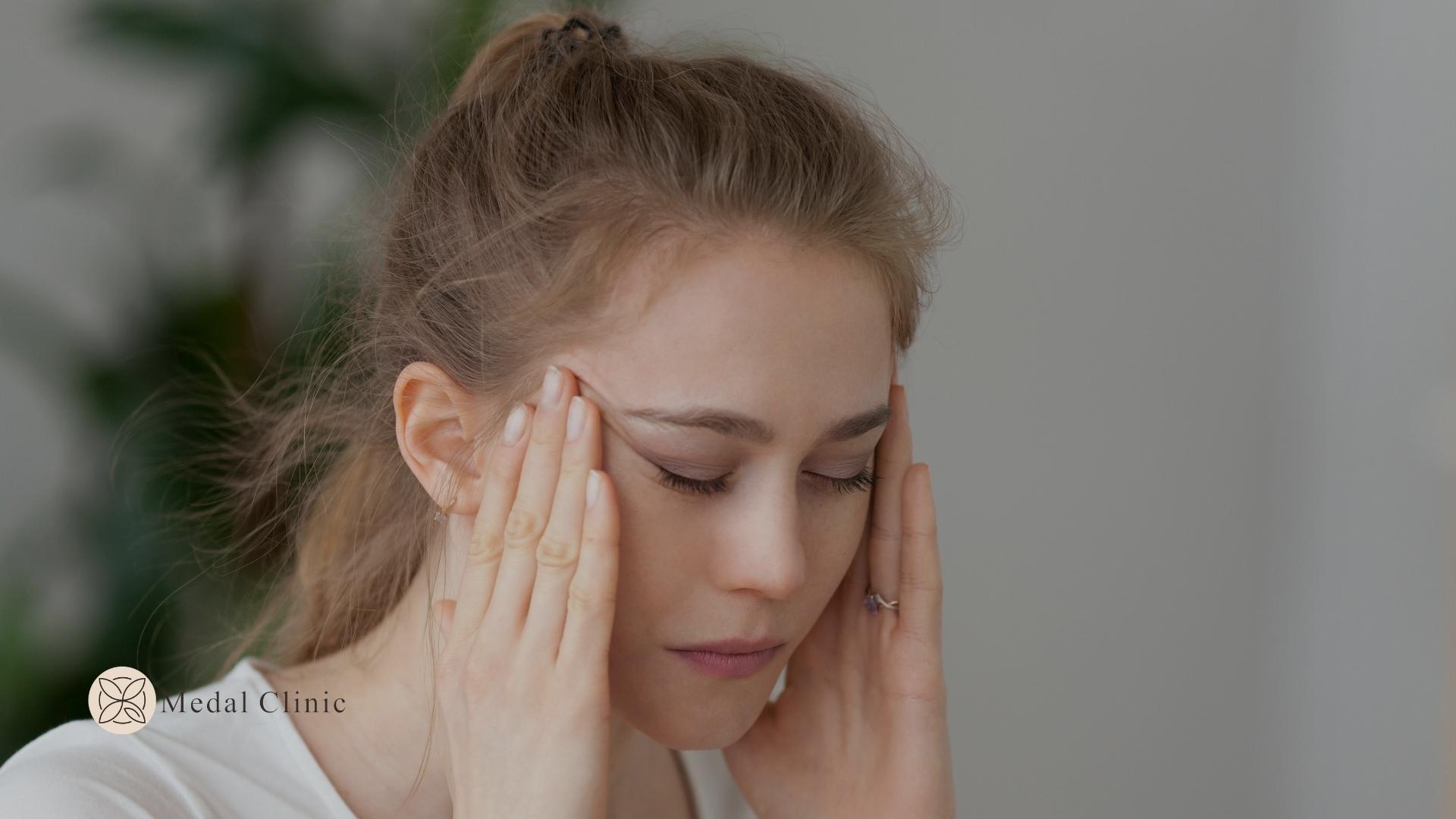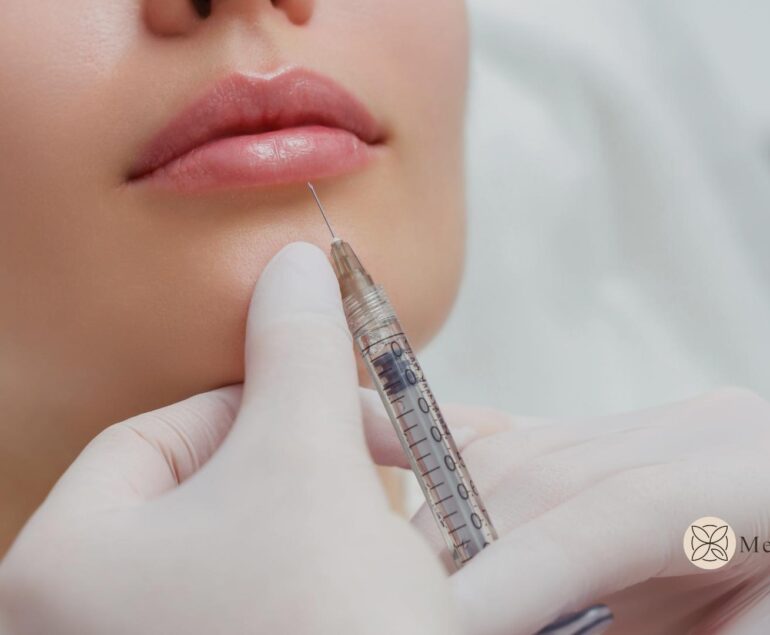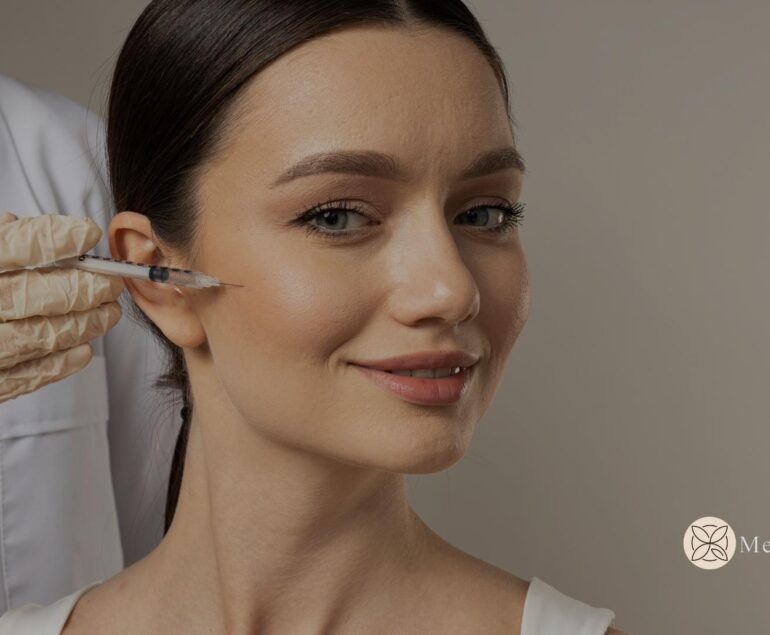Botox for Migraines: A Novel Approach to Managing Chronic Migraine
Migraines are a prevalent neurological disorder affecting millions of people worldwide. They are characterized by severe headaches, often accompanied by additional symptoms like nausea, sensitivity to light and sound, and visual disturbances. Chronic migraines can significantly impact a person’s quality of life, making it crucial to explore effective treatment options. One such innovative approach gaining traction in recent years is the use of Botox for migraine management.
Understanding Chronic Migraines
Migraines are typically divided into two categories: episodic migraines and chronic migraines. Episodic migraines involve experiencing headaches on 14 or fewer days per month, while chronic migraines involve headaches on 15 or more days per month, with at least eight of them being migraines. Chronic migraines can be debilitating, affecting daily activities, work, and overall well-being.
The Role of Botox for Migraines
Botox, short for botulinum toxin, is a neurotoxic protein derived from the bacterium Clostridium botulinum. It is well-known for its cosmetic applications, but it also has therapeutic uses, including migraine treatment. The U.S. Food and Drug Administration (FDA) approved the use of Botox for chronic migraines in 2010, revolutionizing migraine management for many individuals.
How Does Botox Help Migraines?
The precise mechanisms of how Botox alleviates migraines are still under research, but it is believed to involve blocking pain signals from the nerves and reducing muscle tension. Botox injections can effectively prevent migraines by targeting specific areas of the head and neck where muscle contractions and tension often trigger or exacerbate migraine attacks.
The Botox Procedure
Administering Botox for migraines involves injecting small amounts of the toxin into specific muscles in the head and neck region. Typically, a series of injections are given once every 12 weeks, making it a convenient treatment option for those with chronic migraines. The procedure is relatively quick and minimally invasive, with patients able to resume normal activities shortly afterward.
Benefits and Effectiveness
Numerous clinical studies have demonstrated the efficacy of Botox in reducing the frequency and severity of chronic migraines. Patients often report a significant reduction in the number of migraine days per month, leading to improved quality of life. The duration of the migraine relief may vary from person to person, but many individuals experience lasting effects for up to three months after each treatment.
Considerations and Precautions
While Botox for migraines is generally safe and well-tolerated, it’s essential to consult a healthcare professional before undergoing the procedure. Individuals with certain medical conditions or allergies should avoid Botox injections. Additionally, discussing any potential risks or side effects with a qualified healthcare provider is crucial to make an informed decision.
Conclusion
Chronic migraines can be highly debilitating and significantly impact a person’s life. Botox has emerged as a promising treatment option, offering relief to those suffering from chronic migraines. As research in this field continues to evolve, it’s essential to stay informed about the latest advancements and consult healthcare professionals for personalized advice and treatment.
If you’re considering Botox for migraines, ensure you consult a healthcare provider experienced in administering this treatment and discuss whether it’s a suitable option for you based on your medical history and migraine patterns. Relief from chronic migraines is possible, and exploring innovative approaches like Botox may be a step towards a better quality of life for migraine sufferers. Contact Us Now!
FAQ's
What is Migraine Botox, and how does it work to alleviate migraines?
Migraine Botox, also known as onabotulinumtoxinA, is a neurotoxin derived from the bacterium Clostridium botulinum. When used for migraines, it is injected into specific muscles in the head and neck. Botox is believed to work by blocking pain signals from the nerves and reducing muscle tension, ultimately preventing migraines and decreasing their frequency and intensity.
How effective is Botox in treating chronic migraines, and what are the expected outcomes?
Clinical studies have shown that Botox is an effective treatment for chronic migraines, leading to a significant reduction in migraine frequency, severity, and duration. Patients often experience a decrease in the number of migraine days per month. The effects can last up to three months between treatments, improving overall quality of life for individuals suffering from chronic migraines.
What is the procedure like for receiving Botox injections for migraines?
The procedure for administering Botox for migraines is minimally invasive and relatively quick. A healthcare professional will inject small amounts of Botox into specific muscles in the head and neck using a fine needle. Typically, multiple injections are given during a session. The process is usually well-tolerated, and patients can return to their daily activities shortly after the treatment.
Are there any potential side effects or risks associated with Migraine Botox treatments?
While Botox for migraines is generally safe, some individuals may experience mild, temporary side effects at the injection site, such as pain, swelling, or bruising. In rare cases, other side effects like headache, neck pain, or muscle weakness may occur. It’s crucial to discuss any concerns or medical conditions with a healthcare provider before undergoing the treatment.
Who is a suitable candidate for Migraine Botox, and are there any restrictions or precautions?
Suitable candidates for Migraine Botox are typically individuals who suffer from chronic migraines, defined as 15 or more headache days per month, with at least eight of them being migraines. However, certain medical conditions or allergies may preclude someone from being a candidate for this treatment. Consulting a healthcare professional experienced in administering Botox for migraines is essential to determine suitability and address any concerns.




